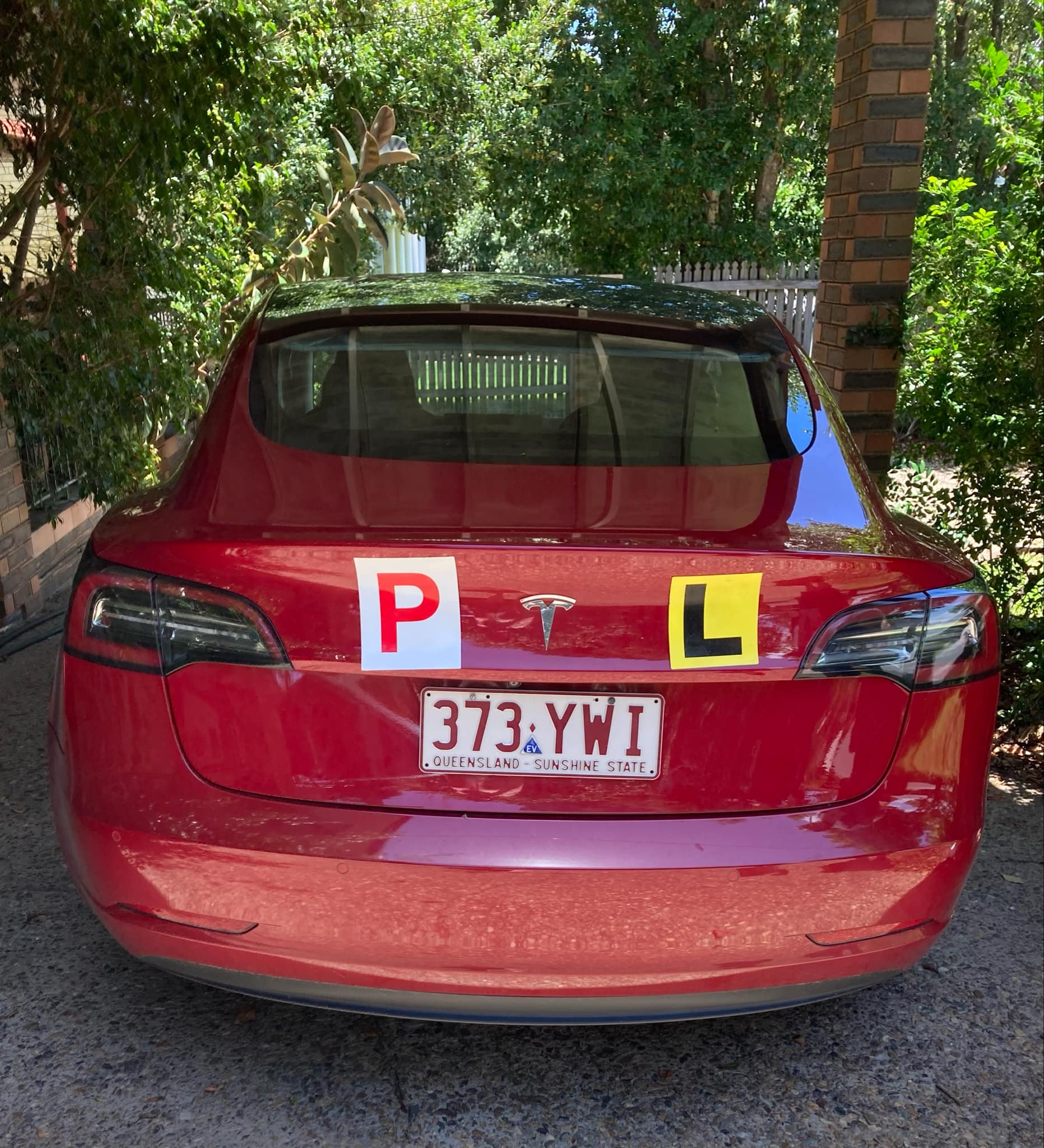Sign up for daily news updates from CleanTechnica on email. Or follow us on Google News!
Why do so many people want heavy, large EVs? They risk the progress that can be achieved by the transition to personal transportation electrification.
So argues Christian Brand, professor of transport, energy, and climate change at the University of Oxford’s Transport Studies Unit. Brand calls the larger-is-better trend in EVs “mobesity,” which he says is standing in the way of global transportation electrification success. Even as the global fleet becomes electrified, Brand outlines, the expected reductions in energy consumption and emissions may not materialize at the scale and pace required to reduce emissions in line with global climate targets.
Brand writes in a Nature article that the transition towards electrified road transport is a “cornerstone of global efforts to mitigate climate change.” The shift, however, has been dampened by an increase in the production, sales, and use of heavy, large vehicles, which pose significant challenges — they increase demand for resources and exacerbate the very problems that electrification aims to solve.
“Clearly, the primary concern is the size of vehicles,” Brand continues, which “requires a nuanced approach that combines policy intervention, technological innovation, and shifts in consumer behavior.”
Global plugin vehicle registrations were up 23% in May 2024 compared to May 2023. There were 1.3 million registrations. BEVs were up by 17% YoY, while plugin hybrids jumped 37% YoY. In the end, plugins represented 20% share of the overall auto market (13% BEV share alone). This means that the global automotive market remains in the Electric Disruption Zone.
And, within that market, heavy, large EVs are really popular. In 2023 at the Japanese Mobility Show, Toyota presented a concept version of what it calls the Land Cruiser Se, which it said had seating for 7 passengers. Hyundai and IVECO Group are aiming to feature a “revolutionary electric commercial vehicle” at the coming IAA 2024 show in Hanover, Germany.
EVs are following the same trend as ICE vehicles, as they’re gaining in size every year and getting bigger on average. Automakers have released fewer new, small EV models into the marketplace, which slows the transition to smaller EVs and is an “artificial scarcity,” according to Brand.
This deficit, plus effective and targeted marketing toward heavy, large EVs, has shifted consumer preferences. Brand points out that advertising is largely unregulated and has been shown to drive the demand for electric SUVs. Advertising benefits automakers by either influencing consumer tastes or as a direct input into production.
 Chip in a few dollars a month to help support independent cleantech coverage that helps to accelerate the cleantech revolution!
Chip in a few dollars a month to help support independent cleantech coverage that helps to accelerate the cleantech revolution!
Many car lovers desire high-profile vehicles due to their powerful identity connections. The mythology has transferred to EVs, since larger vehicles infuse a feeling of dominance and control on the road, in addition to being able to stretch out legs and carry the soccer team to and from meets. Larger EVs also mean larger profit margins for automakers, always a salient motivator.
What are the positive attributes of heavy, large EVs? They:
- have bigger batteries to be used, which extend range and reduce range anxiety;
- are about three times more energy efficient than their conventional internal combustion engine counterparts;
- promise reduced lifecycle greenhouse gas emissions; and,
- represent the most profitable models for manufacturers, sold at a premium for proportionally lower manufacturing costs.
What are the negative attributes of heavy, large EVs? They:
- require more resources to build the big batteries and powerful motors, such as more lithium, cobalt, and other critical raw materials;
- extraction and processing of these materials are energy-intensive and environmentally invasive;
- have a significant environmental footprint;
- contribute to greater tire and road wear;
- lead to more particulate emissions, which are harmful to both human health and the environment; and,
- undermine the potential gains from electrification due to their greater energy consumption and associated emissions across vehicle and fuel lifecycles.
What should be done to address the challenges of heavy, large EVs? Brand suggests that policymakers should implement regulations that discourage the production and purchase of larger vehicles and, instead, promote the most efficient, low-emission vehicles. Such incentives might include:
- Bulk-reduction inducements: Weight-, size-, or power-based taxation systems would increase with the vehicle’s weight and power. Such measures could be combined with CO2-emission graded taxes, which invite the adoption of smaller, more energy-efficient EVs.
- Larger taxes with larger e-SUVs: Taxation at the point of sale would ensure equity for those in the previously owned auto market.
- Automakers need reasons to go smaller: Stronger incentives for manufacturers to develop and market smaller EVs are also essential. Current subsidies and incentives often do not differentiate based on the size or efficiency of the vehicle. Adjusting these policies to favor smaller and more efficient models could shift market offerings and consumer preferences away from large e-SUVs.
- Continue technological innovations: Advancements in battery technology that increase energy density and reduce material use are crucial. This would allow smaller EVs to achieve ranges that meet consumer expectations without large, resource-intensive batteries.
- Support R&D: Stronger recycling mandates would alleviate raw material demand pressures and ensure that smaller EVs can compete in performance and practicality.
- Urban spaces are for pedestrians: Local governments can play a pivotal role by redesigning urban spaces to discourage large vehicle use. Policies that increase parking fees for larger vehicles restrict their access to city centers and promote walking, cycling, and public transport can reduce the demand for large EVs.
- Make the public aware of large EV issues: Public awareness campaigns can educate consumers about the environmental and economic impacts of large EVs and pro-mote the benefits of smaller electric models.
- International cooperation for critical minerals: To manage the global demand for critical minerals essential for EV batteries, countries around the globe should promote a circular economy and enhance international agreements on mining practices. That would help to mitigate the environmental impact of resource extraction while supporting the global transition to electrification.
Governments in Sweden and France, as well as in the state of Iowa and New York City in the US, have explored such policies, which could serve as global models.
Brand acknowledges that the rise of EVs is a significant step toward reducing the transport sector’s carbon footprint. Yet he warns of the growing trend of mobesity and how it threatens to offset these gains.
“Comprehensive policy measures, technological advancements, and shifts in consumer behavior are urgently required to ensure that the transition to electric mobility contributes effectively to our climate goals. By confronting the challenges of mobesity head-on, we can steer the global transport sector towards a more sustainable and equitable future, ensuring that the shift to EVs delivers on its environmental and economic promise.”
Have a tip for CleanTechnica? Want to advertise? Want to suggest a guest for our CleanTech Talk podcast? Contact us here.
Latest CleanTechnica.TV Videos
CleanTechnica uses affiliate links. See our policy here.
CleanTechnica’s Comment Policy





